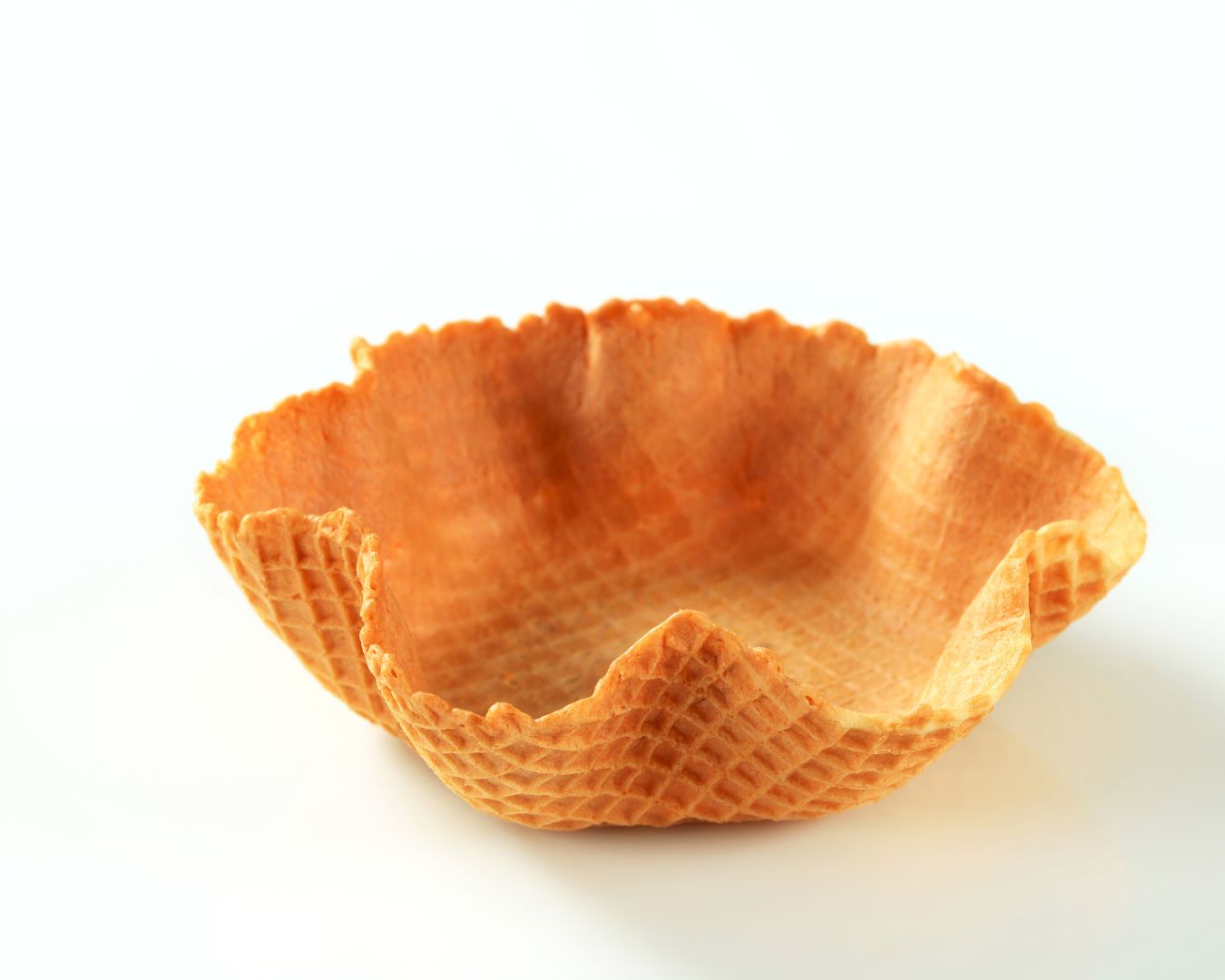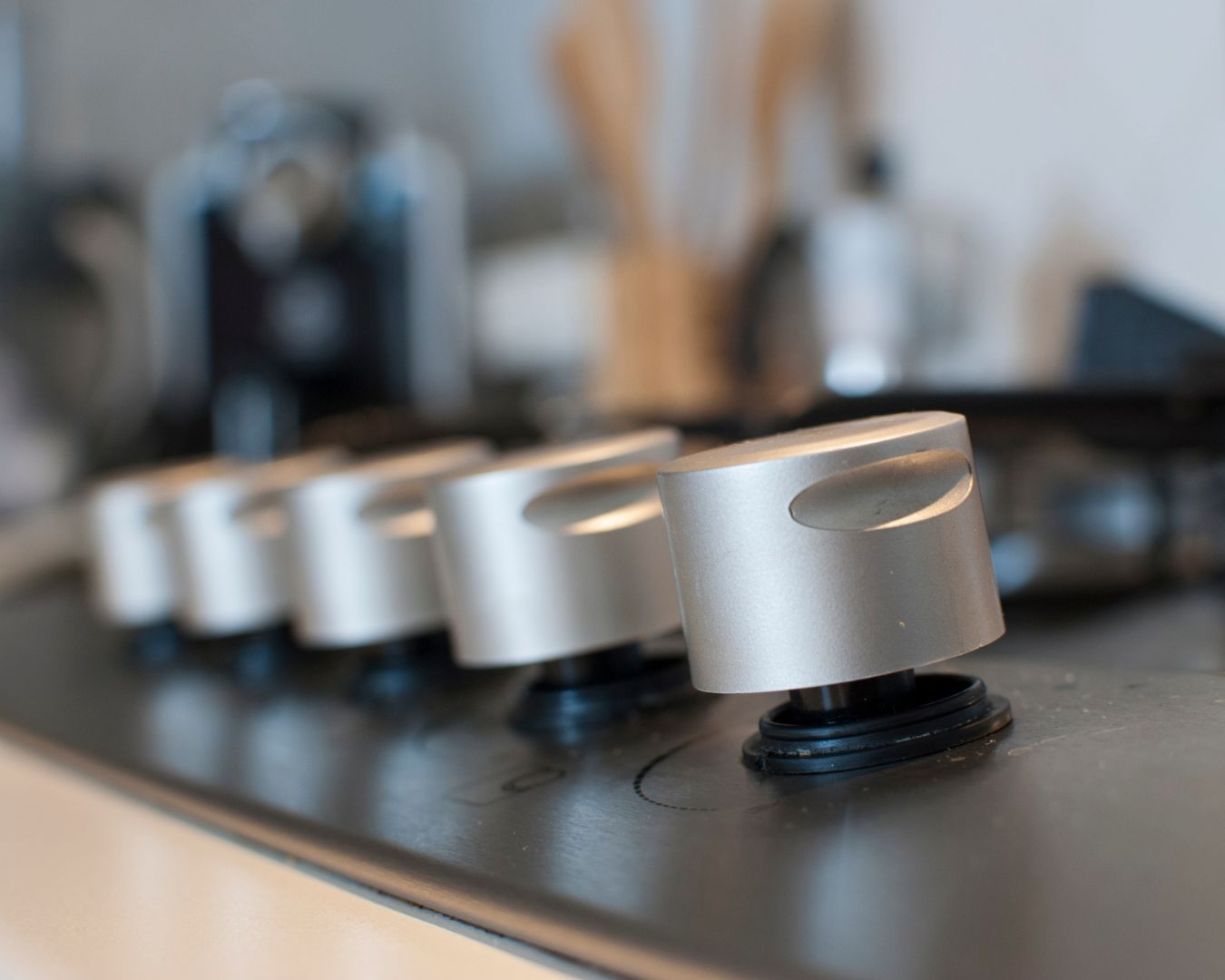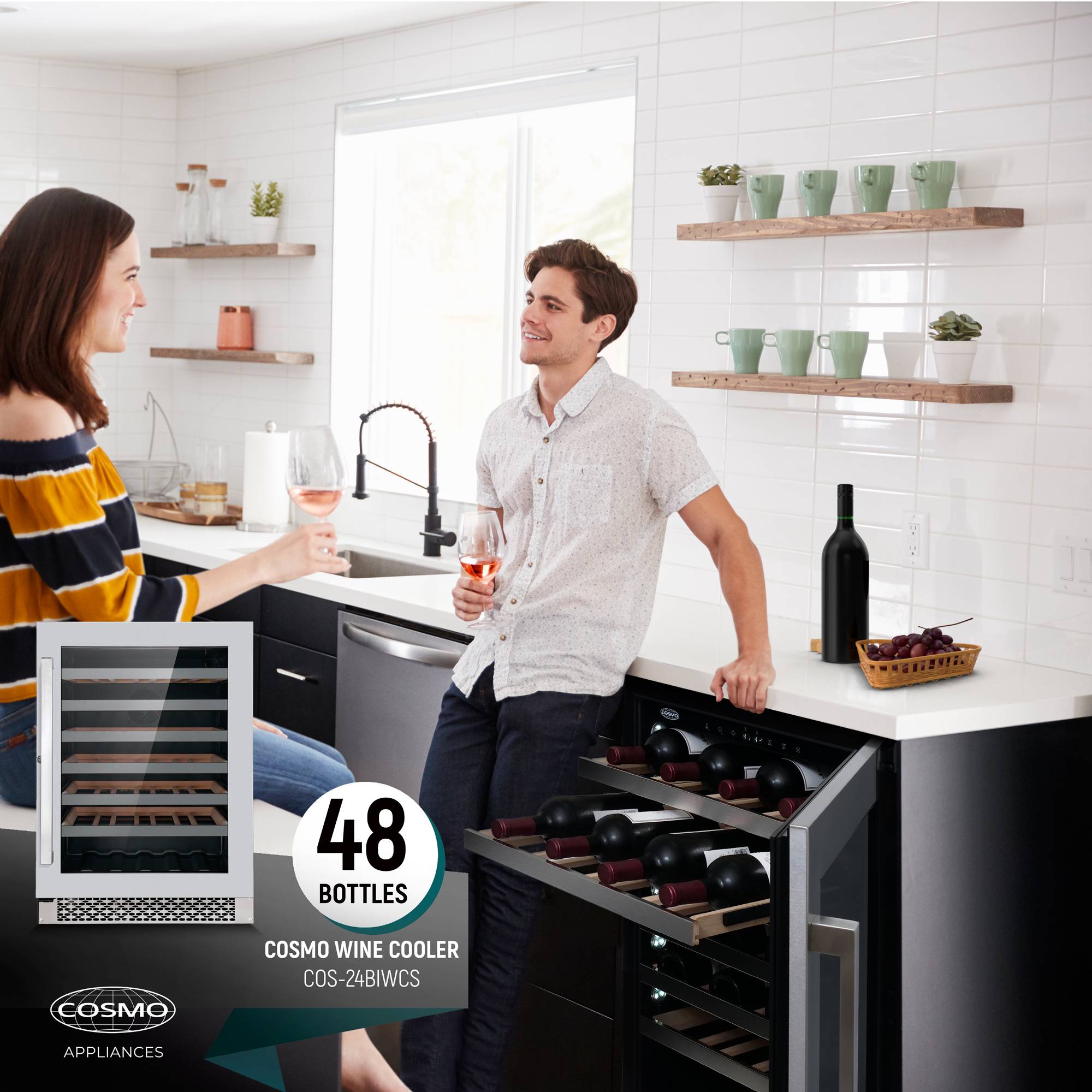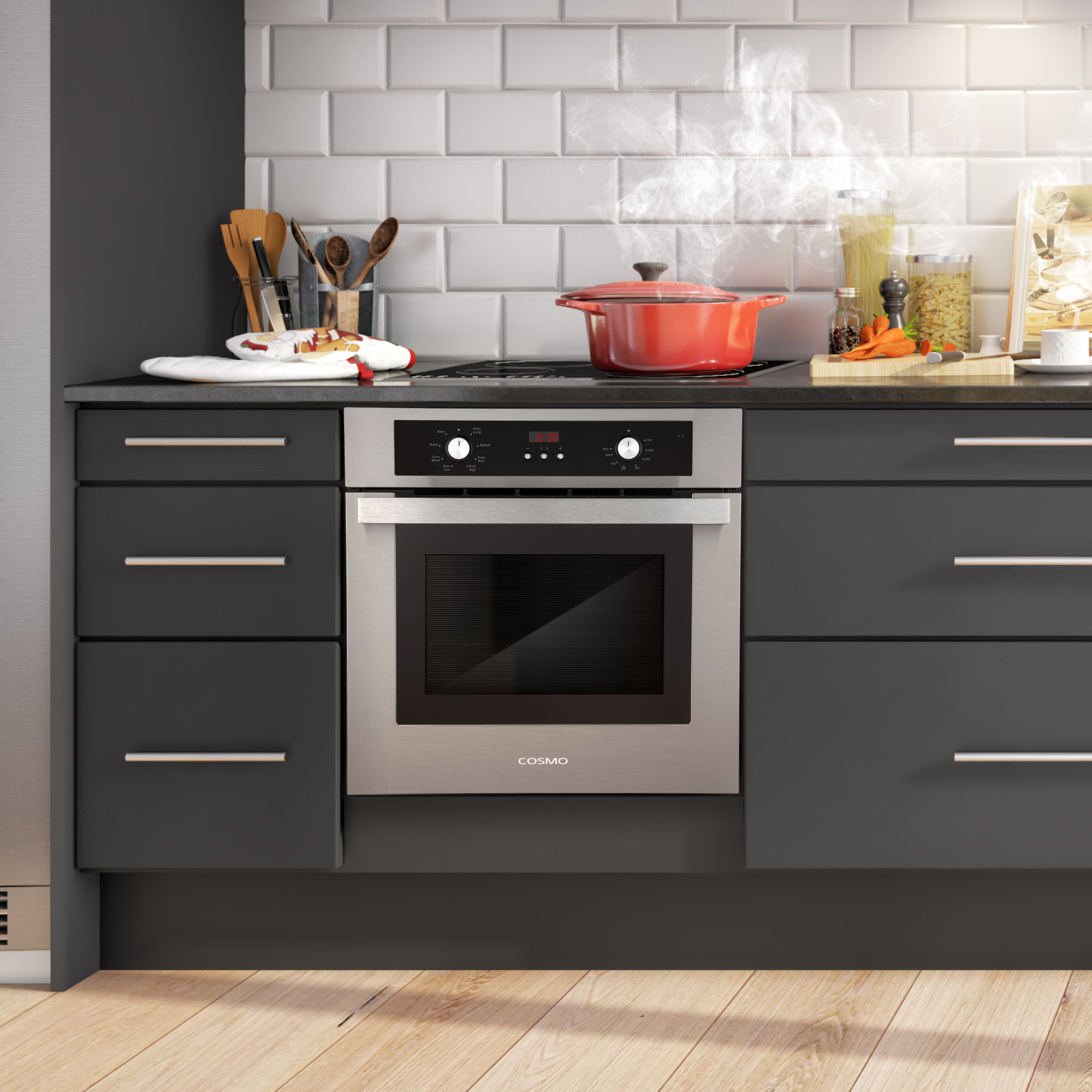When it comes to choosing a wall oven, understanding the differences between convection and conventional models can significantly impact your cooking results. Both types have their unique benefits and are designed to meet various cooking needs. Here’s a comprehensive guide to help you make an informed decision and optimize your culinary experiences. Conventional Wall Ovens How They Work: Conventional wall ovens rely on a heating element located at the top and bottom of the oven cavity. Heat is generated and radiates from these elements, cooking food primarily through direct heat and natural convection (the movement of hot air rising and cooler air descending). Cooking Performance: Conventional ovens are well-suited for traditional baking and roasting. They provide consistent, reliable results, especially for recipes where a stable, steady heat is essential. However, due to the lack of a fan, heat distribution can sometimes be uneven, leading to potential hot spots in the oven. Ideal Uses: Conventional ovens excel in baking dishes like casseroles, cookies, and cakes that require precise temperature control. They are also great for roasting meats and vegetables, where the slower, consistent heat helps develop rich flavors and textures. Convection Wall Ovens How They Work: Convection wall ovens feature a built-in fan and an additional heating element located at the back of the oven. The fan circulates hot air throughout the oven cavity, promoting even heat distribution and faster cooking. Cooking Performance: The primary advantage of convection ovens is their ability to cook food more evenly and efficiently. The circulating air helps reduce cooking times and ensures that food is cooked uniformly, making them ideal for baking multiple trays of cookies or roasting large cuts of meat. Ideal Uses: Convection ovens are versatile and perform exceptionally well for tasks like baking pies, bread, and pastries with a crisp, golden crust. They are also excellent for roasting vegetables and meats, as the even heat distribution enhances browning and caramelization. Key Differences Heat Distribution: Convection ovens offer superior heat distribution thanks to the fan, which ensures more even cooking. Conventional ovens may have hot spots and uneven heating, requiring rotation or adjustment of racks for uniform results. Cooking Time: Convection ovens generally cook food faster than conventional ovens. The circulating air allows for quicker heat transfer, which can reduce cooking times by up to 25%. Temperature Adjustments: When using a convection oven, you may need to adjust the cooking temperature. It’s often recommended to lower the temperature by 25°F (14°C) from what a recipe calls for in a conventional oven, due to the increased efficiency. Energy Efficiency: Convection ovens can be more energy-efficient because they cook food faster and at a lower temperature. This can lead to reduced energy consumption over time. Choosing the Right Oven for You Consider Your Cooking Style: If you frequently bake multiple trays of cookies or roast large quantities of food, a convection oven can be a game-changer. Its even heat distribution and faster cooking times can streamline your meal preparation. Evaluate Your Kitchen Space: Both convection and conventional wall ovens come in various sizes and designs. Ensure that the oven you choose fits well with your kitchen layout and meets your cooking needs. Budget Considerations: While convection ovens can be more expensive, they offer enhanced performance and efficiency. Weigh the benefits against your budget to make the best choice for your kitchen. Understanding the differences between convection and conventional wall ovens can help you select the right appliance for your cooking needs. Convection ovens offer faster, more even cooking, ideal for those who frequently bake or roast. Conventional ovens provide reliable, consistent results and are well-suited for traditional cooking methods. By considering your cooking style, kitchen space, and budget, you can make an informed decision and enhance your culinary experience.










